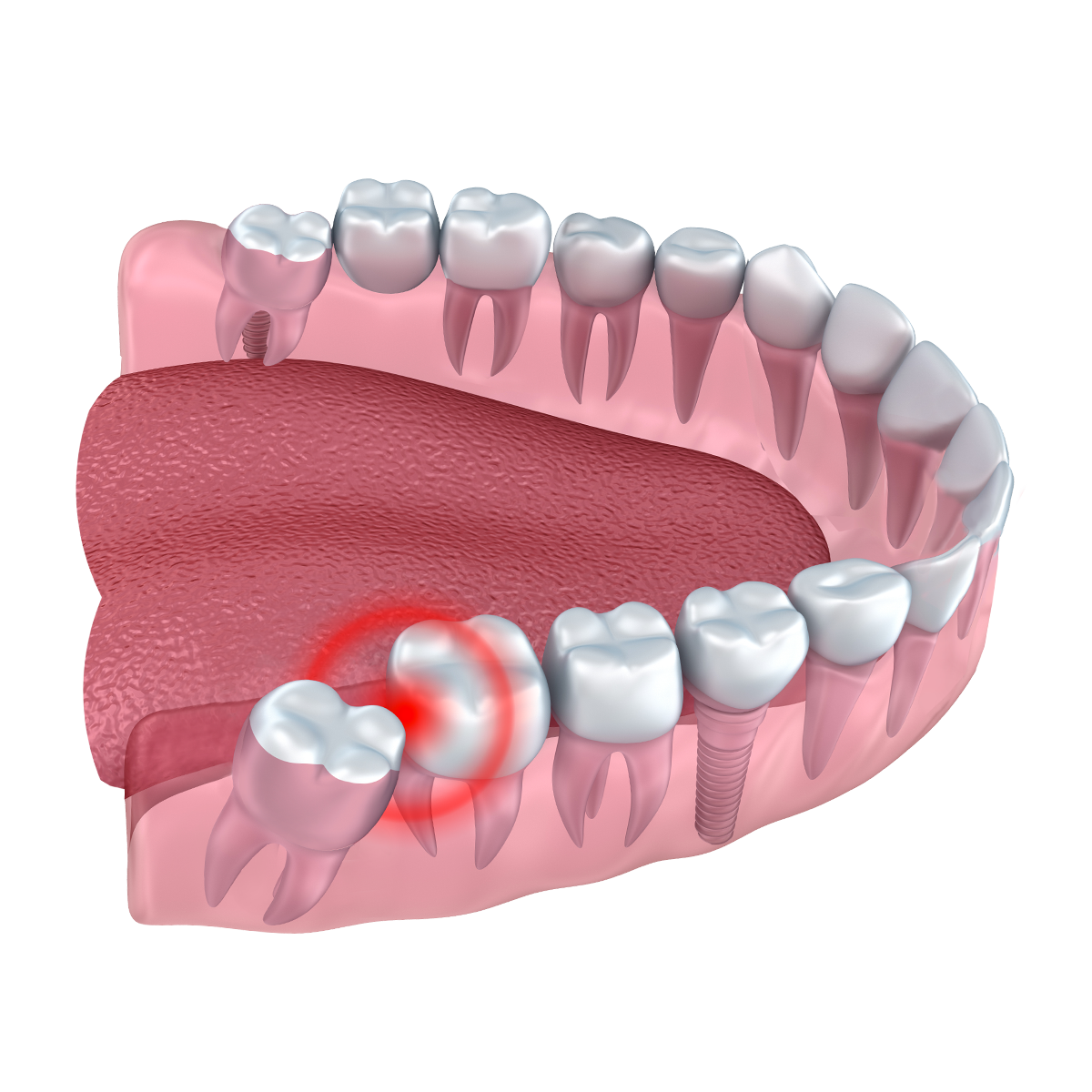Wisdom tooth extraction is the surgical procedure that removes one or more permanent adult wisdom teeth. They are located in the back corners of the mouth at the upper and lower. The wisdom tooth extraction might occur at some time during your lifetime. Wisdom teeth, also known as third molars teeth that are the last to come out and often become impacted or caught behind teeth. They could cause inflammation, infection, or other problems. Wisdom tooth extractions are generally carried out by a dentist oral surgeon and usually require a small incision in the gum tissue and bone. It may be either local or general anesthesia, depending on the situation. Here’s what you need to be aware of regarding wisdom tooth extractions.
A dentist or oral surgeon typically does wisdom tooth extractions. Wisdom teeth are the third molars. They are often the last to erupt. Wisdom tooth extractions are typically recommended when they are impacted, meaning they grow in at an angle and push against the teeth. Wisdom tooth extractions are also recommended when the Wisdom teeth aren’t properly erupting or when they crowd other teeth, causing difficulties in chewing or speaking. It is possible to have wisdom tooth extractions with general anesthesia, local anesthesia or intravenous sedation. The specific case and the extent of the procedure will dictate the type of anesthesia. Wisdom tooth extractions usually take 30-45 minutes to an hour. Patients may experience discomfort or swelling. Wisdom tooth extractions usually are completed in just a few days. Patients can return to their normal activities shortly afterward.

They usually require a small cut through the gum tissue and bone. Wisdom teeth are the final teeth to be seen and typically appear at the end of teens or early 20s. Wisdom teeth are not the issue for all people. Wisdom teeth can cause swelling, crowded and discomfort for some people. If wisdom teeth are buried in the gum tissue, the gum tissue or bone, they may need to be removed. An oral surgeon usually performs wisdom teeth extractions. This requires a small incision to the gum tissue and bone. Outpatient wisdom tooth extractions are feasible and usually be completed in a matter days. Sometimes, Wisdom tooth extractions are needed as an emergency procedure for teeth that are in extreme discomfort or has an infection.
Wisdom tooth extractions are an incredibly common dental procedure, but this doesn’t mean that they’re necessary. Wisdom teeth may be left in place and not cause any problems. In certain cases there is a need for wisdom teeth to be removed. Here are three indicators that you might need to have your wisdom teeth extracted:
1. Wisdom Teeth Impaction refers to a situation in which wisdom teeth are trapped in the gums or jawbone and cannot erupt normally. This may cause discomfort, inflammation and injury to adjacent teeth. To prevent further problems, your dentist may recommend that wisdom teeth are extracted.
2. Wisdom Dental Cysts: Sometimes wisdom tooth cysts develop. They are sacs filled with fluid in the bone that may cause bone and tissue injury. Your dentist will recommend that you have your wisdom tooth removed in order to avoid further injury.
3. Wisdom Teeth Infection. If the wisdom teeth of your child are suffering from infection, it is essential to seek treatment immediately. Wisdom tooth infections can cause severe damage to the jawbone and surrounding teeth, so emergency extraction may be necessary to prevent further complications.
You should see an experienced dentist if experiencing any of these symptoms. They can determine if you Wisdom teeth need to be extracted.
For more information, click dentist open sunday edmonton